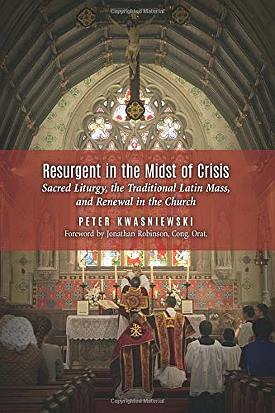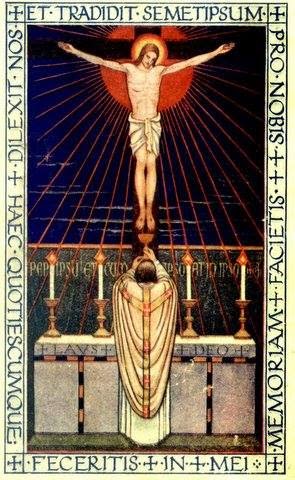Nye presters holdninger
I en del år nå, kanskje så mye som 15-20, har nyordinerte prester oftest vært mer konservative enn eldre prester. Om dette har fortsatt også de aller siste årene er jeg litt usikker på, men jeg tror egentlig det. Liturgibloggen PrayTell skriver ganske interessant om dette i et grundig innlegg med mange kommentarer. De innleder slik:
Pray Tell has heard increasing reports in the last few years about difficulties with some recently ordained priests. There are divisions in some parishes because some younger guys are more traditional or conservative or legalistic than much of their flock. This seems to be an important issue that needs addressing. To get the conversation going, Pray Tell went to some folks we knew in diocesan offices and asked them to reflect on the issue as constructively as possible. …
Et par av innleggene er nokså kritiske til de unge prestene, mens et tredje innlegg er mer balansert og skriver bl.a. at hvis en prest forandrer for mye i liberal (som vel var mest typisk rundt 1970) eller konservativ retning, vil det skape spenning i menigheten:
I would like to begin with an observation: this is an issue at both ends of the theological-political spectrum. While it may be more common now for new priests to be more “rigid” in their application of liturgical norms, we also have a history of those who have been much too “lax” in their approach to applying the same. Both would claim the “desire to do the right thing” as their motivation, and both—regardless of intention—can harm, and have harmed, the Church.
Is it an issue of maturity? On the one hand, there may be an inability to think outside of black-and-white categories, or a desire for security that is, in the end, illusory. If so, assuming that time alone will be corrective may be a dangerous assumption. Those attitudes may, instead, be perpetuated in the seminary environment. Such candidates need to be challenged early in their formation. …..

 I går mottok jeg – fra amazon.co.uk – flere bøker (mest om liturgi, som vanlig), bl.a. den helt nye Resurgent in the Midst of Crisis av dr. Peter Kwasniewski. Boka har følgende informasjon og lovprisninger på omslaget:
I går mottok jeg – fra amazon.co.uk – flere bøker (mest om liturgi, som vanlig), bl.a. den helt nye Resurgent in the Midst of Crisis av dr. Peter Kwasniewski. Boka har følgende informasjon og lovprisninger på omslaget: Mens dyp taushet lå over alle ting og natten var rukket midtveis i sitt løp. kom ditt allmektige Ord, Herre, ned fra den himmelske kongsstol. (Introitus til messen søndag i juleoktaven –
Mens dyp taushet lå over alle ting og natten var rukket midtveis i sitt løp. kom ditt allmektige Ord, Herre, ned fra den himmelske kongsstol. (Introitus til messen søndag i juleoktaven – 